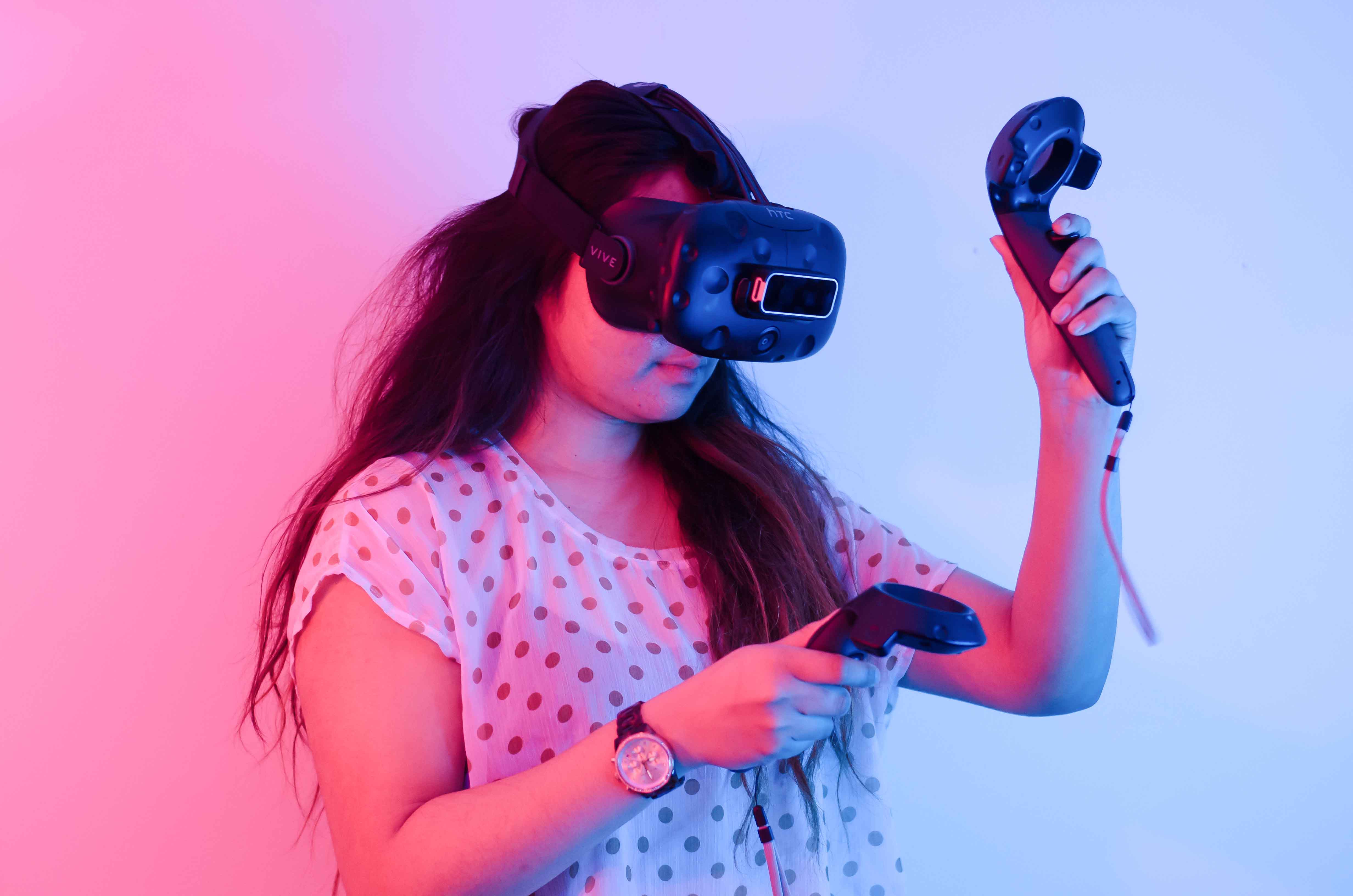As the digital age drives technology companies to constantly produce new products, universities are latching onto technology trends that can aim to help students learn course material and conduct research.
Virtual reality (VR) is one of those emerging technologies. Often accessed through a headset, VR is an artificial environment experienced through senses such as sight and sound that are produced by a computer. The user can affect the environment they are experiencing through their actions.
Several schools are using this technology to immerse students into a new way of learning.
3D Brains and Kidneys: VR at Medical School
While companies such as Facebook, Samsung, and Sony are all competing to commercialize VR technology, universities have begun to experiment with the different ways that the technology can benefit their campuses.
At the University of Saskatchewan’s College of Medicine (USCM), VR is being used for brain operations.
“The virtual brain project came about a couple years ago, when we printed a 3D model of my brain,” said first-year PhD student Chelsea Ekstrand, who was a member of the team from the USCM Borowsky Lab working on the brain. “We were contacted by a company called Sprockety, and they were interested in integrating the 3D brain into virtual reality.”
Dr. Ivar Mendez, head of the project at USCM, said the technology has important applications for medical work as a learning tool.
“I imagine that virtual reality will become a regular learning tool, and this is what we plan to do,” Mendez said. “We plan to establish the first virtual reality laboratories here at USCM, so medical students can start using this technology as part of their regular learning.”
Mendez said he hopes these VR laboratories will be accessible to everyone, sooner rather than later.
“Like in libraries where you can go to a computer and book it, you will go to these laboratories and book a module, the anatomy of the kidney for example,” Mendez said. “You’ll go in the virtual reality environment and learn about the kidney. Hopefully we are going to start work on these within the year.”
Virtual Reality at Carleton
Rob Teather, a professor at Carleton University’s school of information technology, said the VR labs Dr. Mendez mentioned are already at Carleton.
“I think we’re kind of already there in a sense, because you can sign out a head mounted display in the library from the gaming lab,” Teather said. “Something like the Oculus Rift is $1,000. That’s something that has changed, it’s become more accessible. While that’s still too much money for some, the prices are only going to go down.”
Teather teaches virtual reality game design classes to Carleton’s bachelor of information technology students specializing in interactive multimedia and design.
One project is a horror game, created by students Erica Lekawsk and Christopher Heyerdahl.
“We’re trying to create a more diverse horror game experience,” Heyerdahl said. “By using the heart rate monitors we can create dynamic threats in our game, which will pick up on noise and how fast your heart rate is.”
Heyerdahl added that users are able to play the game in both a VR format and as a conventional desktop game, because “people who are very new to VR can get motion sick.”
“When I first tried VR I got sick, but now, working with it everyday, it begins to feel like nothing,” Lekawsk said. “I brought one of the headsets back home and got my grandfather to use it, and he fell over after 40 seconds. But he had a lot of fun with it.”
According to MacOdrum Library employee Susan Tudin, Carleton’s Oculus Rift headsets are available for use in the library’s gaming lab, and have proved popular when used in the Enrichment Mini-Courses Program.
“Of the 10 modules we did throughout the course, the kids rated most highly the VR headset module. They had a lot of fun with it,” Tudin said.
Despite its recent popularity in the media and the growth of the industry, Teather said virtual reality is not a new idea.
“VR is not new. No matter what Oculus will tell you, it’s been around since the 80s,” Teather said. “There were old attempts at the technology that were good at testing out the ideas. But now that the technology has caught up, it’s possible again to test out virtual reality and revisit old promises.”
The VR technology that has emerged commonly makes use of headsets, but Teather said he doesn’t see this as the best way forward.
“The headsets are clunky and cumbersome, and it’s not very hygienic if multiple people are using them,” Teather said. “If you’re working on a project with a teammate, you can’t see them while wearing the headset. I think there’s a lot of merit in projector-based displays, for immersive and semi-immersive setups. That’s what a lot of my work is focused on, but that’s a long way away.”
According to Mendez, the diversity of work being done with VR is matched only by the diversity of applications for the technology.
“As people feel that VR has an added value, that it makes things easier, people will adopt with natural value as we did the internet and cell phones,” Mendez said. “It will be unstoppable, because the possibilities will be endless.”
– Photo by Angela Tilley






